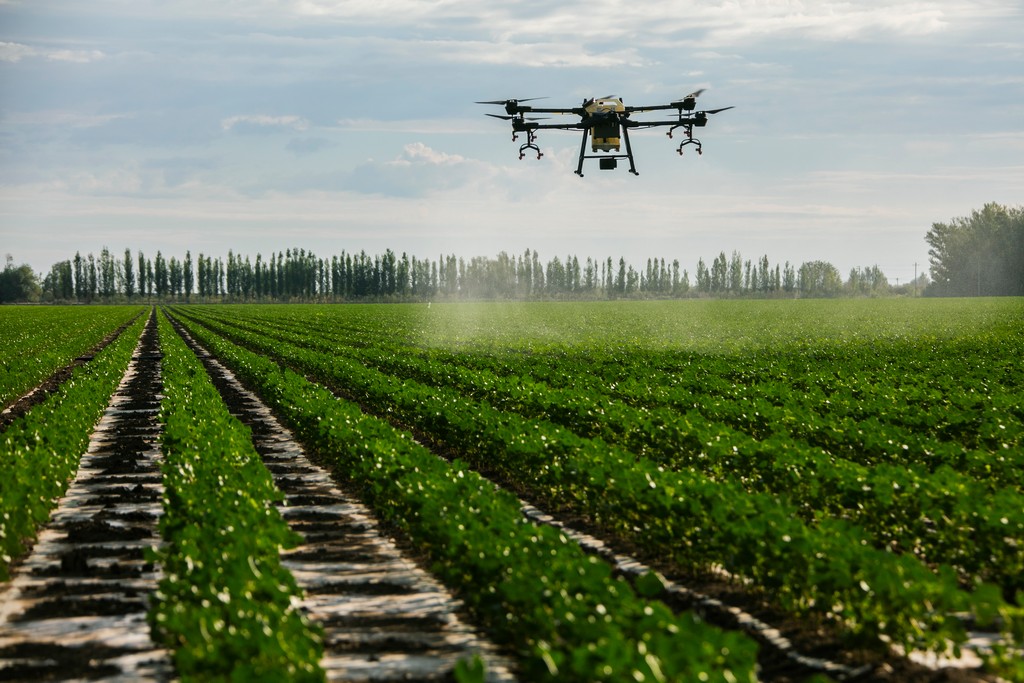Agricultural drones are not just for crop monitoring; they also serve as powerful tools in pest management. Pests can wreak havoc on crops, leading to significant losses for farmers. In this article, we will explore how drones are contributing to aerial pest management in agriculture.
Pests, including insects, rodents, and birds, pose a continuous threat to agricultural crops. Traditional pest management methods often involve manual labor and the use of chemicals, which can be costly and have negative environmental impacts. Drones provide a more efficient and eco-friendly alternative.
Agricultural drones can be equipped with various tools to address different types of pests. For instance, drones can carry sprayers to apply pesticides or herbicides precisely where needed, reducing the amount of chemicals used and minimizing their impact on the environment. This targeted approach minimizes harm to beneficial organisms and helps prevent pesticide runoff into water bodies.
In addition to chemical application, drones equipped with cameras and sensors can be used to detect and monitor pest activity. They can capture high-resolution images and thermal data, allowing farmers to identify pest hotspots and assess the extent of the infestation. This information is crucial for deciding when and where to intervene effectively.
One of the significant advantages of using drones in pest management is their ability to cover large areas quickly. Traditional pest control methods often involve time-consuming walks through fields or manual spot checks. Drones, on the other hand, can fly over the entire farm in a short amount of time, ensuring that no area is left unmonitored.
Furthermore, drones are instrumental in scaring away birds and other pests. They can emit loud noises or use visual deterrents to keep birds at bay. This non-lethal approach to pest control helps protect biodiversity and maintain a balance in the ecosystem.
In conclusion, agricultural drones are revolutionizing pest management in agriculture by providing efficient, cost-effective, and eco-friendly solutions. Their ability to target pests with precision, monitor pest activity, and deter unwanted visitors makes them valuable assets for farmers seeking to protect their crops. As technology continues to advance, drones are expected to play an even more significant role in pest management, helping farmers increase their yields while reducing the impact on the environment.







Please sign in to comment
register